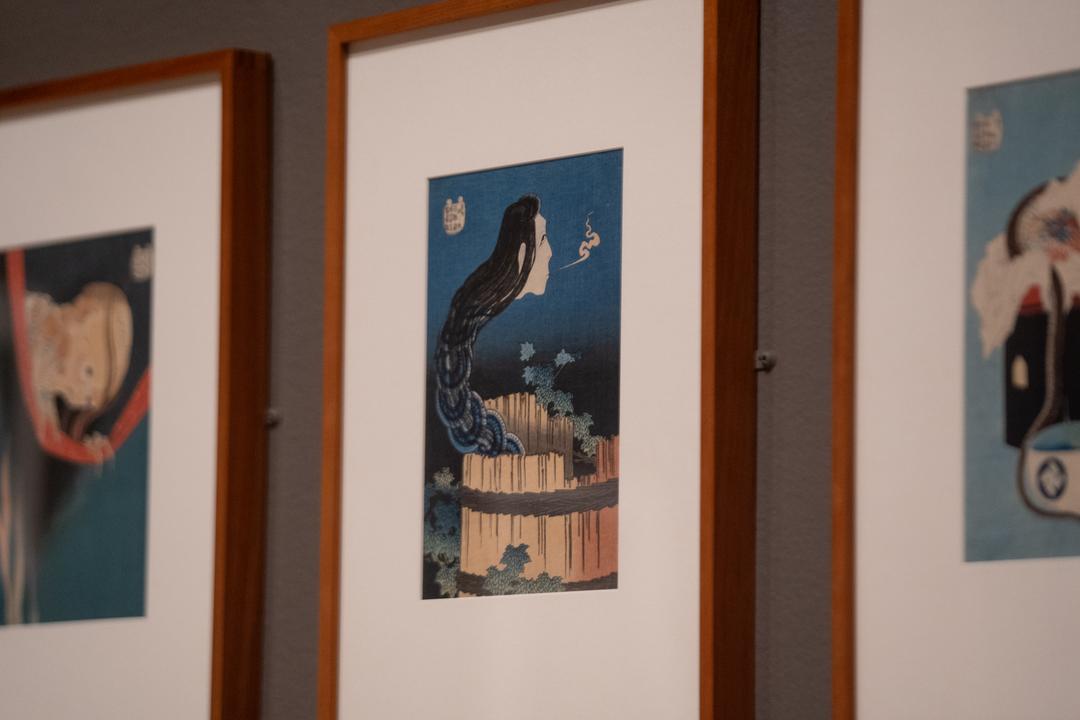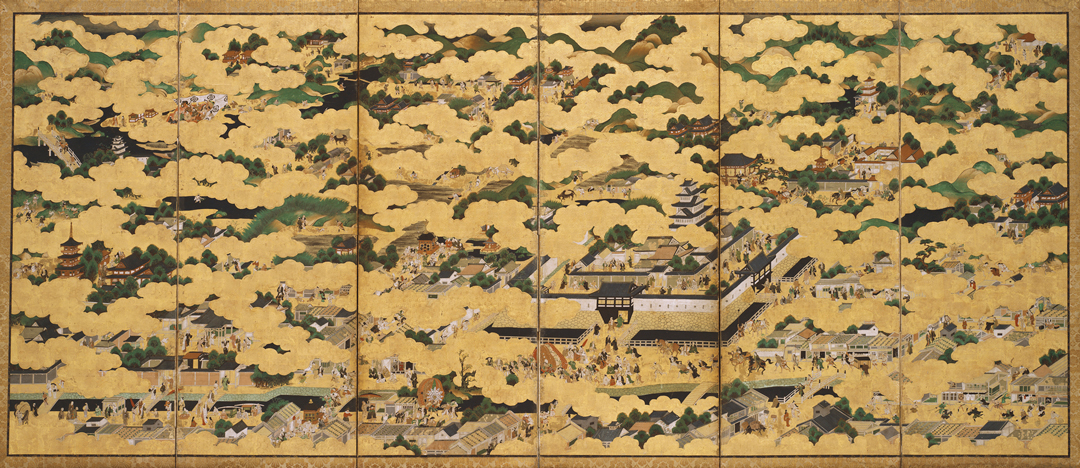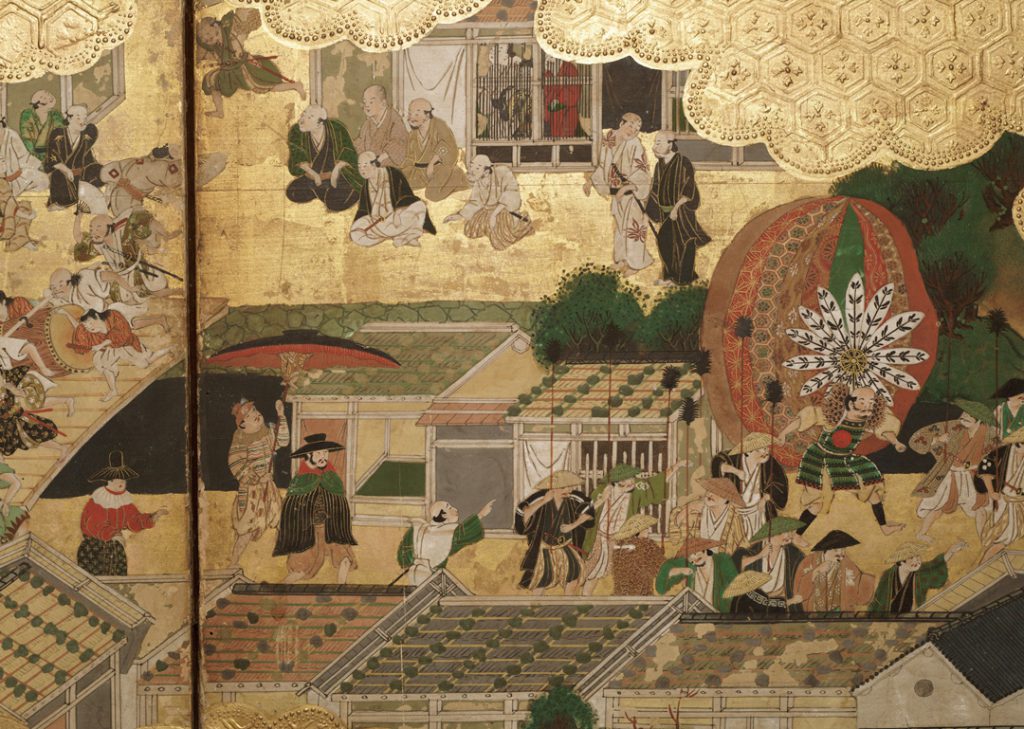Muse/News: Spooky SAM, Haunted Seattle, and Macabre Prints
SAM News
“A ghosthunter’s guide to the Seattle Art Museum”: Just in time for Halloween, Crosscut’s Brangien Davis finds the scary scenes of the legendary Hokusai, now on view in Hokusai: Inspiration and Influence, from the Collection of the Museum of Fine Arts, Boston.
SAM is the best! But don’t take our word for it: Seattle magazine’s readers said so in the just-announced annual spotlight on the best of the city.
Local News
Via Seattle Met’s Eric Nusbaum: “Nancy Pearl Shares Her Favorite Seattle Spots,” including a mention of the Seattle Asian Art Museum, SAM’s original home in Volunteer Park.
“Authentic, embodied, and fly as hell”: Jas Keimig for South Seattle Emerald on Shabazz Palaces’ new album.
“5 allegedly haunted and spooky Seattle spots to visit”: Sarah-Mae McCullough of the Seattle Times goes ghosthunting.
“Later in the night when I’m alone, I definitely don’t go downstairs to use the restroom,” [Merchant’s Cafe and Saloon staffer Naget] Atouani said. “I keep the lights on until the last minute.”
Inter/National News
Via Olivia McEwan for Hyperallergic: “Frans Hals, a Dutch Golden Age Rebel.”
Chen & Lampert present another “hard choices” quiz for Art in America: “Should You Become a Performance Artist?”
Artnet on a “macabre collection of spooky art heads” from the late print dealer Richard Harris heading to auction.
“Harris began assembling his trove around 2001, with an especial focus on symbolic representations of death. As he once put it: ‘I think that everyone ought—not to be obsessed by fact of death, but be aware of the fact that dying is a part of living.’”
And Finally
It’s Halloween; it’s KXVO Pumpkin Dance time.
– Rachel Eggers, SAM Associate Director of Public Relations
Photo: Chloe Collyer.



